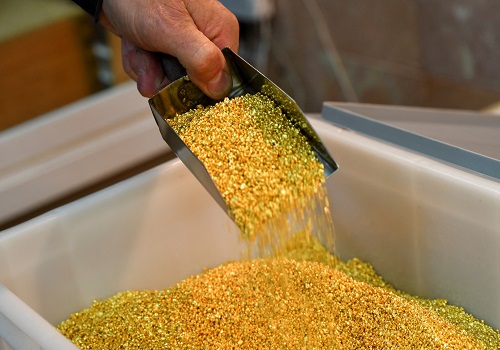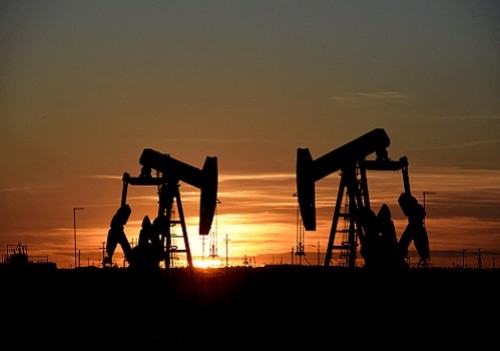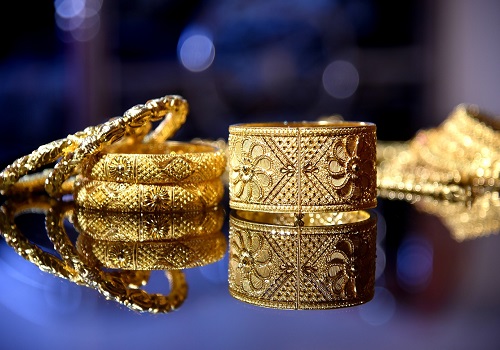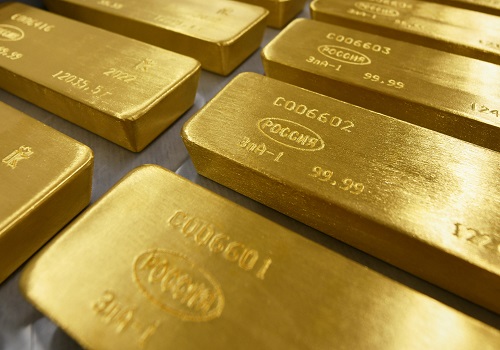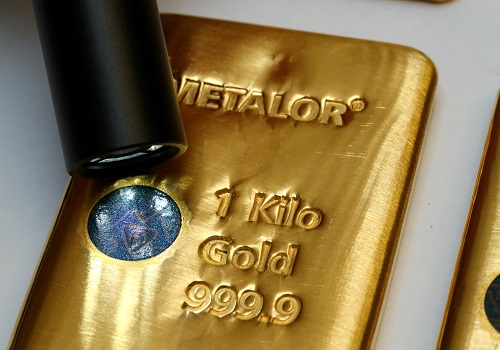Gold set for worst year since 2015 on fading safe-haven demand
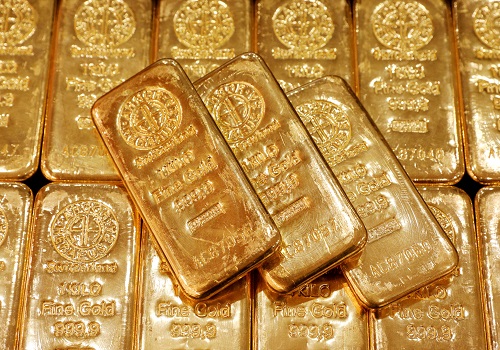
Follow us Now on Telegram ! Get daily 10 - 12 important updates on Business, Finance and Investment. Join our Telegram Channel
By Seher Dareen
Gold was set for its worst year since 2015 on Friday as a global economic recovery caused safe-haven flows into the metal to ease and as central banks prepared to raise interest rates to contain inflation.
Spot gold rose 0.1% in thin trading to $1,817.57 per ounce by 0846 GMT, hovering close to a one-month high. U.S. gold futures rose 0.3% to $1,818.90.
"Year-end risk hedging has pushed gold higher overnight and is keeping gold supported in Asia, despite a modest U.S. dollar rally overnight. Gold is now just below resistance at $1,820," said Jeffery Halley, a senior market analyst at OANDA.
A stronger dollar makes bullion more expensive for buyers holding other currencies. [USD/]
Graphic: Gold's performance vs dollar: https://fingfx.thomsonreuters.com/gfx/ce/gdvzykynopw/Gold%20v%20dollar%202020-%202021.png
Gold prices have declined more than 4% so far this year after rising 48% over the previous two years, as the global economic recovery reduced demand for the safe-haven metal.
This year gold traded between $1,676 and $1,959 an ounce, following its best annual performance in a decade last year, which also saw the metal touching an all-time high of about $2,072.50.
"Gold held up reasonably well given all the pro-growth development and all the normalisation in monetary policy," said Dominic Schnider, head of commodities and APAC forex at UBS Wealth Management in Hong Kong.
"You could argue that if we did not have inflation, gold prices would already be much lower," said Schnider, adding that gold's performance for the year was quite positive for euro or yen investors.
Spot silver rose 0.3% to $23.11 an ounce and platinum rose 0.2% to $962.90, while palladium fell 1.1% to $1,9444.32.
Silver was on track for its worst year since 2014, falling over 12%. Platinum dropped more than 9%, and palladium was headed for its biggest yearly decline since 2015 with an over 20% slide.





.jpg)







